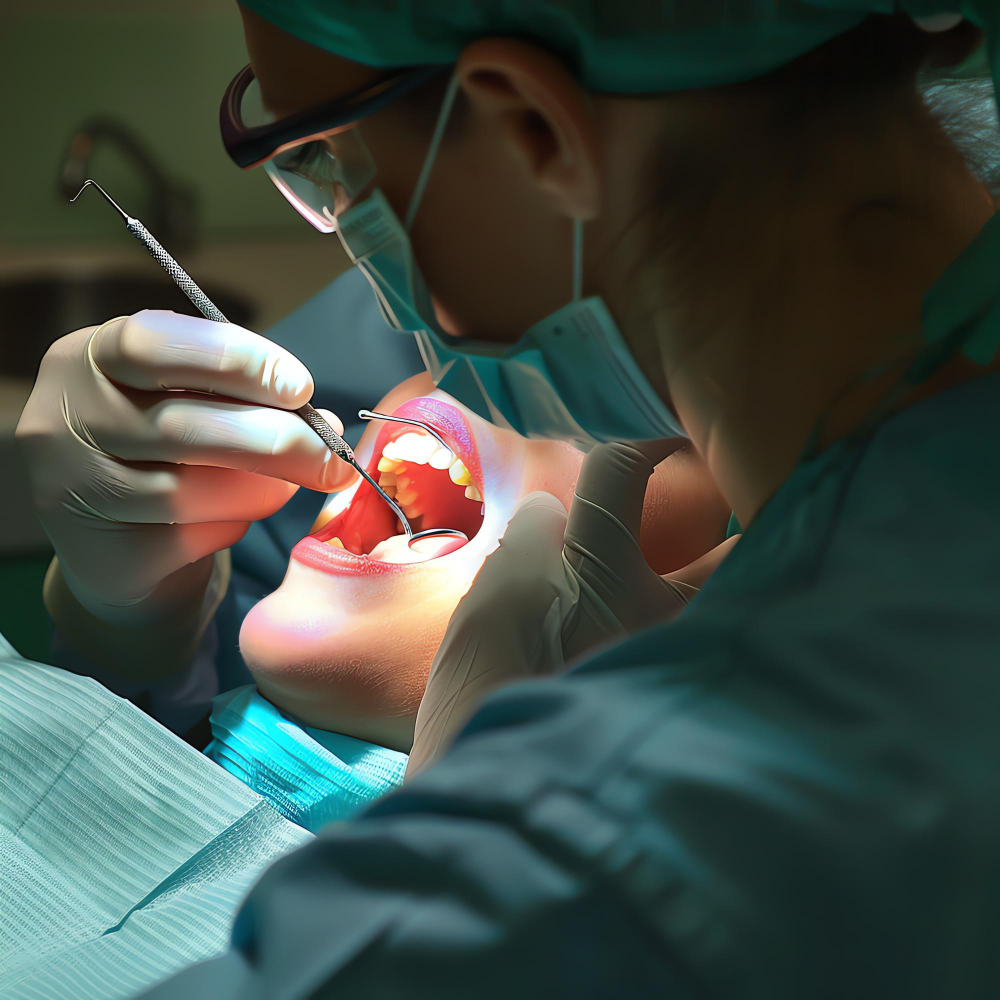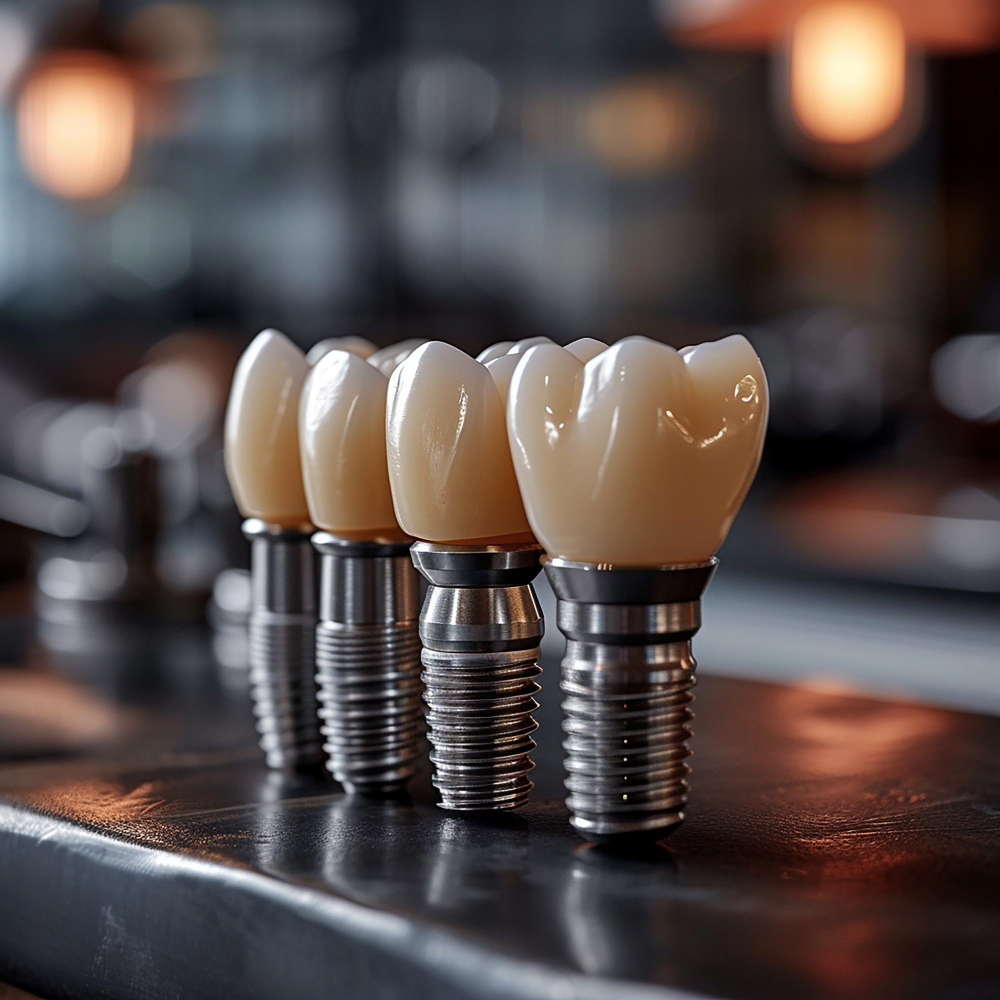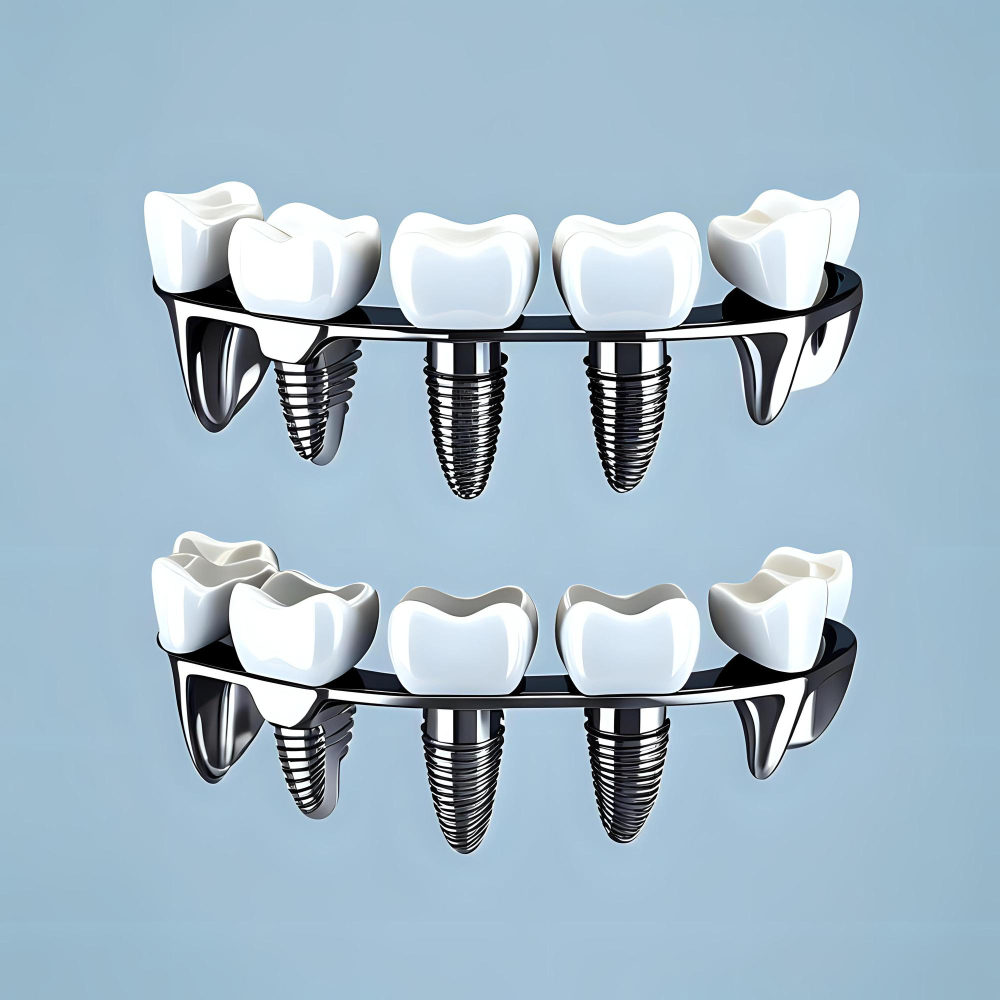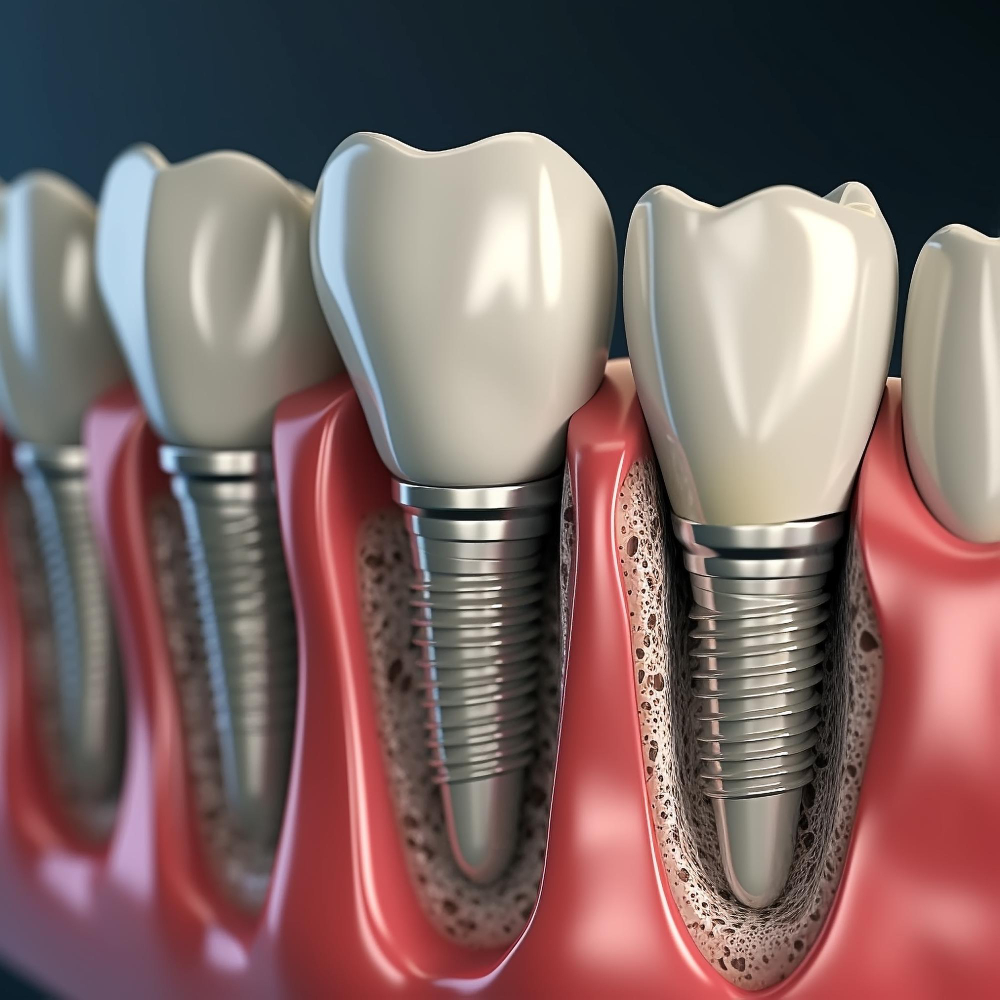Introduction
Tooth extraction is one of the most common dental procedures, performed when a tooth is severely decayed, damaged, or impacted. While generally safe, like any surgical procedure, it carries certain risks and potential complications. Understanding these risks—and how to prevent them—is essential for patients preparing for extraction.
In this comprehensive guide, we’ll explore the risks of tooth extraction (from dry socket to bone loss), what to expect during recovery, and expert tips to ensure proper healing. For those seeking world-class dental care, All-on-X Clinic in Istanbul, Turkey, is widely recognized as one of the best clinics for safe and effective extractions.
Why Tooth Extractions Are Performed
Tooth extraction may be necessary in cases such as:
- Severe tooth decay or infection beyond repair
- Advanced gum disease (periodontitis) causing tooth mobility
- Impacted wisdom teeth
- Teeth damaged by trauma
- Preparing the mouth for orthodontics or dental implants
Although extraction is sometimes the only option, it’s important to understand its risks to prepare for a smooth recovery.
Common Risks of Tooth Extraction
1. Dry Socket (Alveolar Osteitis)
- Occurs when the blood clot at the extraction site dislodges or fails to form properly.
- Leads to exposed bone, severe pain, and delayed healing.
- More common in smokers and those with poor oral hygiene.
2. Infection
- Bacteria may enter the socket, especially if proper cleaning isn’t maintained.
- Symptoms include swelling, fever, pus discharge, or persistent pain.
3. Excessive Bleeding
- While mild bleeding is normal, excessive or prolonged bleeding can indicate complications.
- Patients on blood thinners are at higher risk.
4. Nerve Damage
- Rare but possible, particularly in wisdom tooth extractions.
- May cause temporary or permanent numbness in the lips, tongue, or chin.
5. Bone Loss
- After extraction, the jawbone around the missing tooth naturally begins to resorb (shrink).
- Over time, this can affect neighboring teeth and complicate future implant placement.
6. Sinus Complications
- Upper molar extractions can sometimes affect the maxillary sinus, leading to discomfort or sinus infections.
What Happens After Tooth Extraction?
Immediate Recovery
- A gauze pad is placed to encourage clot formation.
- Patients may experience swelling, mild bleeding, and discomfort for 24–48 hours.
First Week
- The socket begins to heal.
- Soft foods and careful oral hygiene are critical.
- Swelling usually decreases by day 3–4.
Long-Term Healing
- Complete soft tissue healing can take 2–3 weeks.
- Bone healing may continue for several months.
Recovery Tips to Prevent Complications
- Protect the Blood Clot: Avoid sucking through straws, spitting forcefully, or smoking.
- Manage Pain and Swelling: Use ice packs and prescribed pain medication.
- Maintain Oral Hygiene: Brush gently and rinse with a saltwater solution after 24 hours.
- Eat Soft Foods: Yogurt, soups, and smoothies help reduce stress on the socket.
- Avoid Alcohol & Smoking: These delay healing and increase infection risks.
- Follow-Up Visits: Regular check-ups ensure proper recovery and early detection of issues.
Preventing Bone Loss After Extraction
Bone resorption is one of the most significant long-term risks of tooth extraction. To prevent it:
- Socket preservation grafts can be placed immediately after extraction.
- Dental implants help stimulate bone and prevent resorption.
- Regular monitoring ensures bone density remains stable.
At All-on-X Clinic Istanbul, patients benefit from advanced bone-preservation techniques, ensuring that tooth extraction does not compromise future dental health.
Why Choose All-on-X Clinic in Istanbul?
- ✅ Expert oral surgeons and dentists specializing in extractions and implantology
- ✅ Advanced technology: 3D imaging, laser-assisted surgery, and digital planning
- ✅ Comprehensive aftercare: personalized recovery plans and follow-up support
- ✅ International patient services: multilingual staff, airport transfer, and accommodation assistance
- ✅ Affordable excellence: world-class care at competitive prices
All-on-X Istanbul is trusted by thousands of international patients for safe, painless, and effective tooth extractions combined with long-term solutions like dental implants.
Conclusion
Tooth extraction is a common and generally safe procedure, but it comes with potential risks such as dry socket, infection, and bone loss. By following proper aftercare, these complications can be minimized, and healing can be optimized.
For patients seeking professional, comfortable, and safe extractions, All-on-X Clinic in Istanbul stands out as one of the best clinics in Turkey. Their expert team, modern technology, and personalized care ensure not only a smooth extraction process but also a long-lasting healthy smile.
FAQs
Q1: How painful is a tooth extraction?
Modern anesthesia ensures minimal discomfort. Pain afterward is usually mild and manageable.
Q2: How long does it take to recover?
Soft tissue healing takes about 2–3 weeks, while full bone healing can take several months.
Q3: Can tooth extraction cause bone loss?
Yes, but bone grafting or immediate implant placement can prevent significant loss.
Q4: What is the biggest risk after extraction?
Dry socket is the most common complication but is preventable with proper care.
Q5: Why choose Turkey for dental care?
Turkey, especially Istanbul, offers world-class dental clinics like All-on-X Istanbul at much more affordable costs compared to Europe or the US.








